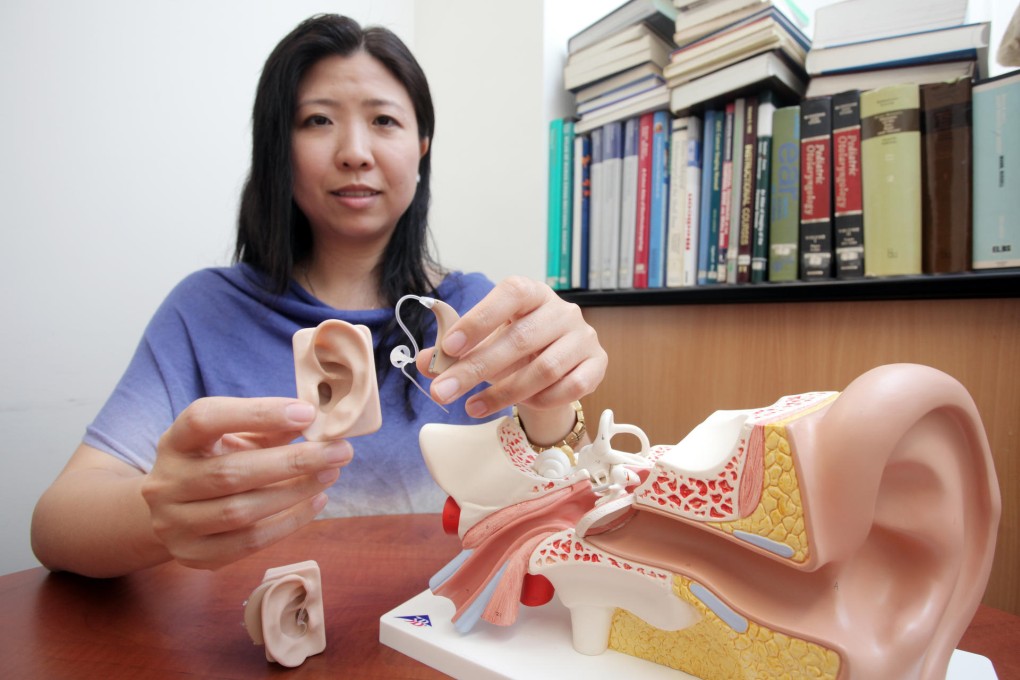Hearing aids for children should not carry a social stigma
Even mild hearing loss can have an impact on a child's ability to learn, the experts tellVivian Chiu. But many parents balk at the idea of hearing aids

Kevin is the only boy in his Primary Two class wearing a hearing aid. While he feels self-conscious about the tiny curved sound amplifier attached behind his ears, nobody seems to notice it.
"It's itchy and uncomfortable when I sweat," says Kevin, whose name has been changed for reasons of confidentiality. "I don't wear them all the time. I can hear fine. The teacher uses a microphone in class."
We want to find out whether intervention is needed in this grey area of mild hearing loss
Kevin's father, surnamed Chan, says they noticed his hearing problem when he was two. "We called him from behind and he would not respond. And when there's loud thunder at night, other kids would wake up but Kevin would sleep through it," Chan says.
"His kindergarten teachers complained he did not pay attention or respond to questions, and thought he was naughty. We know that's not the case," he says.
After going through a health check, Kevin was diagnosed with hereditary mild hearing loss at a threshold of 30 decibels. The decibel unit is a measurement of sound intensity. Perfect hearing is at zero decibels. The sound level of a whisper is 20 decibels, people talking is 60 decibels, and a rock concert is 100 decibels.
On a decibel scale of zero to 120, the threshold for normal hearing is zero to 20 decibels, mild hearing loss is 26 to 40 decibels and severe hearing loss is more than 70 decibels.